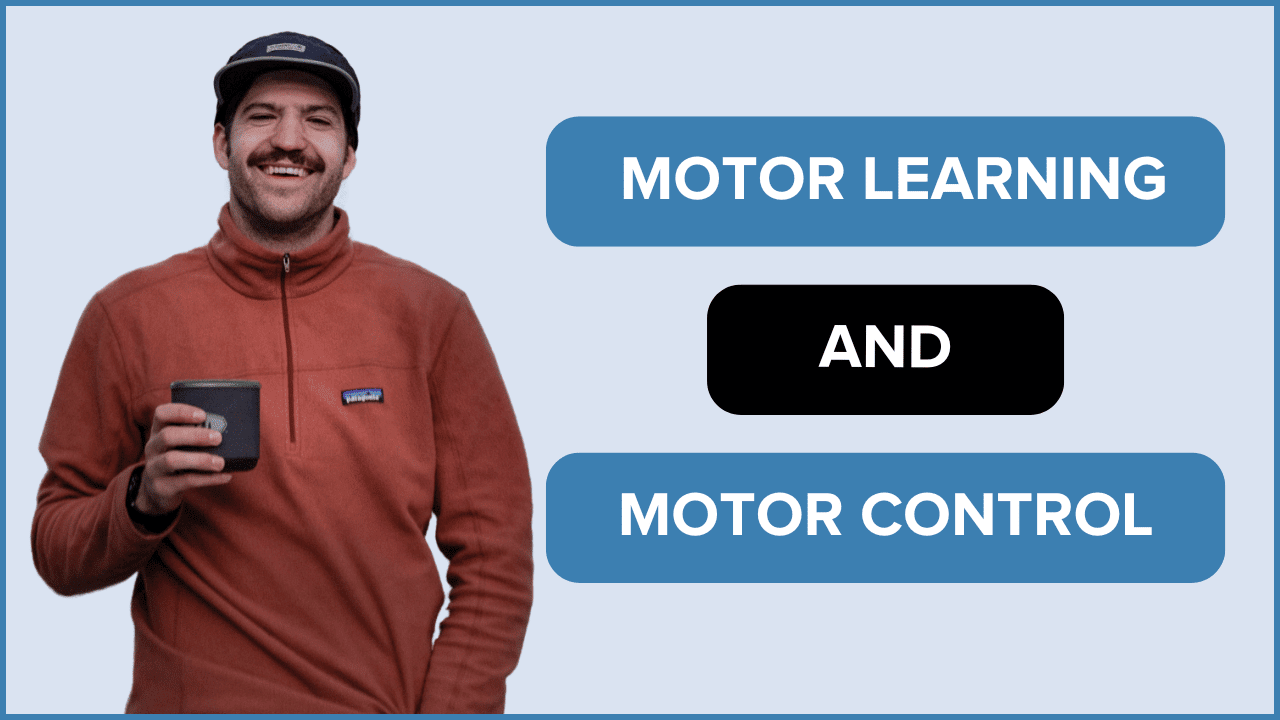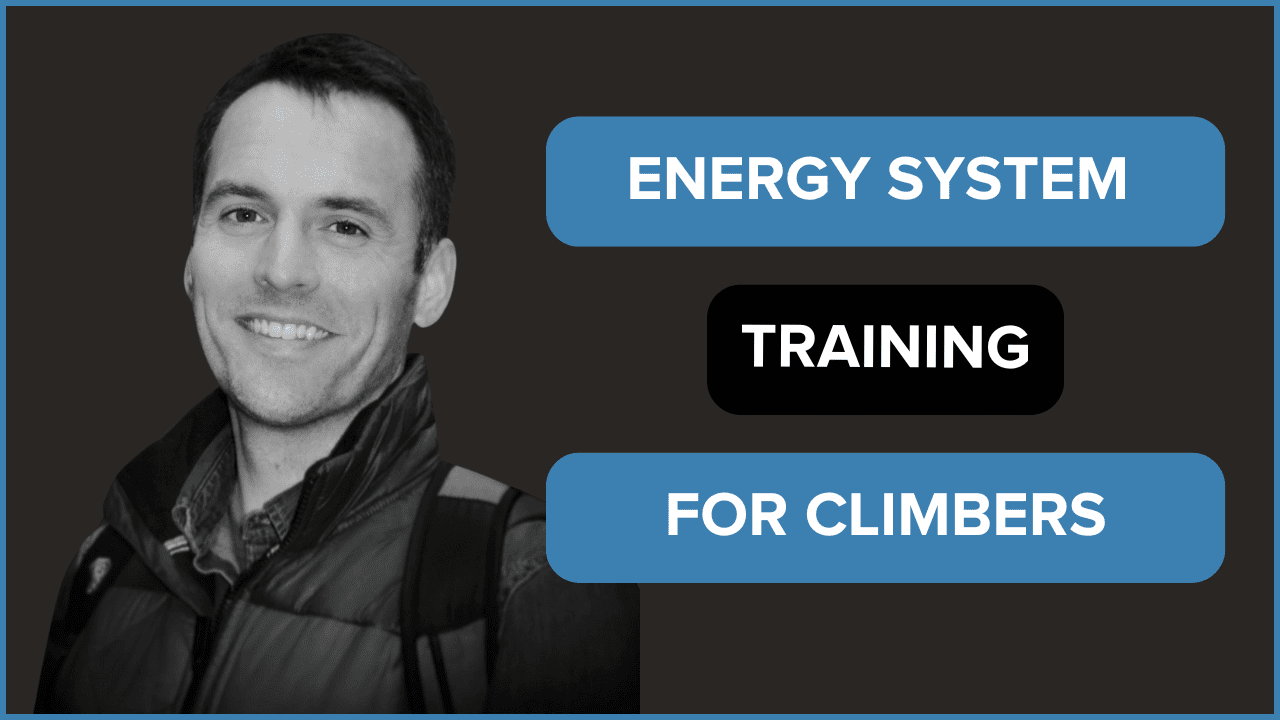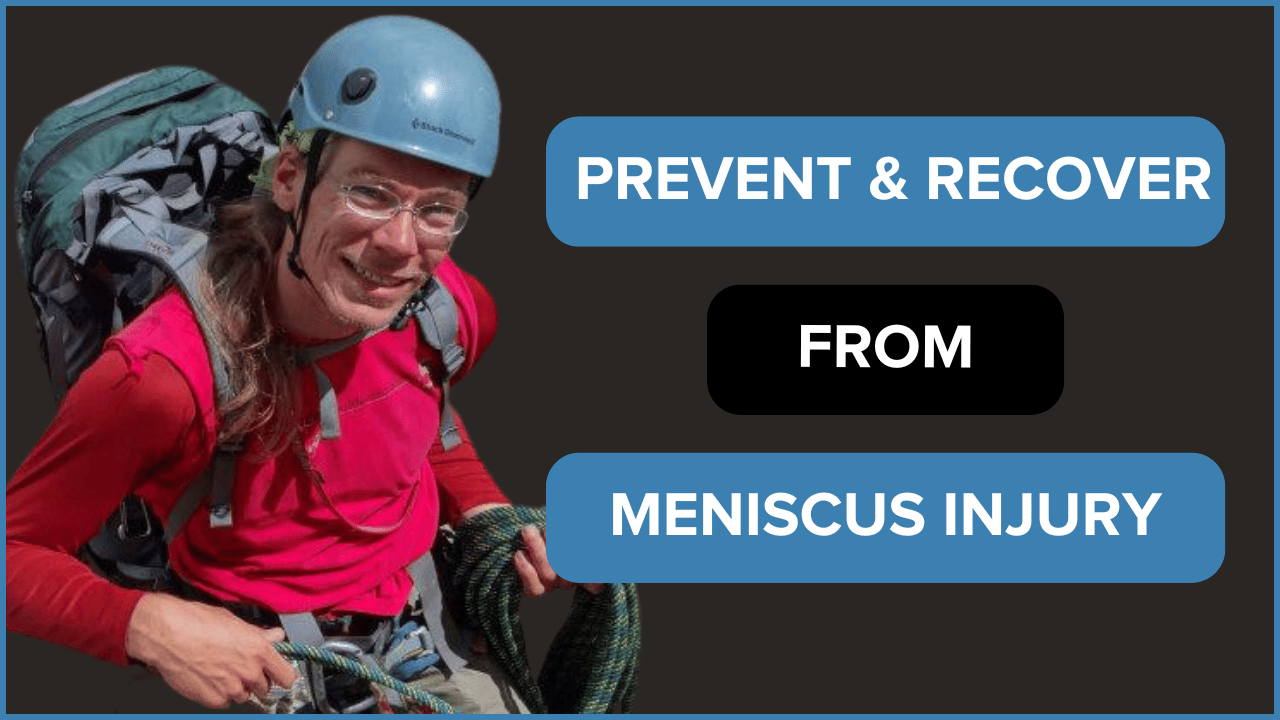S1, E6: How Pro Climbers Manage Injuries – Felipe Camargo
Listen as The Climbing Doctor interviews Tenaya athlete Felipe Camargo on all topics related to injuries. This interview was part of the “Behind the Send” campaign by Tenaya, sharing the stories of those who make the climbing life possible, from route developers, coaches, and physios to mountain guides, mentors, and advocates.
Listen on Apple Podcasts, Spotify, or wherever you listen to podcasts!
- 13:41 Felipe’s history of finger injuries and prevention exercises
- 16:58 Finger intrinsic strength
- 18:19 Finger warm-up strategies for climbing
- 25:25 Tips and tricks to keep the fingers strong for climbing
- 29:25 Anatomy of the pulleys and pulley protection ring
- 34:36 Rehabilitation exercises for pulley injuries
- 48:49 The variation behind the side and length of climbers’ digits
- 47:07 Problem solving the mechanics of Felipe’s injuries related to gripping
If you would like to listen to the entire interview with Felipe Camargo, check out the podcast. If you want to watch the interview, click the YouTube link or any of the timestamps above. If you would like to read quick sample of the interview, check out the excerpt from the interview below.
A Selection of Questions to Felipe:
Note, the interview is a combination of questions to Felipe about his climbing and injuries and questions to the The Climbing Doctor from the listeners about injury rehabilitation. The below are questions from The Climbing Doctor to Felipe:
Can you introduce yourself to climbers who are listening and watching?
I’m Felipe Camargo. I’m from Brazil, a professional climber sponsored by Tenaya. I’ve been climbing for almost 20 years and have had my fair share of injuries, so I’m looking forward to talking about those.
Can you tell us about your experience climbing with a broken scaphoid bone?
Yeah, it was really painful. I couldn’t really pinch or use my thumb, so it was definitely challenging. But I still managed to climb a big wall and compete in the national championships, where I ended up winning the competition despite having the broken scaphoid.
So they diagnosed the broken bone in your wrist, the scaphoid. What were the next steps after that?
The doctor told me that it was a hard bone to heal and that it could cause complications if it didn’t heal properly. I was really worried because I had climbed on it for a month before getting it diagnosed, but the next step was just putting on a custom molded thermoplastic cast and wearing it for two months.
How did the cast affect your climbing?
The cast only covered my thumb and wrist, so I could still climb with almost four fingers. I had a trip to Spain three months later and was able to climb with the cast on, which actually helped me train since I couldn’t train much on those fingers, just the pockets.
What was the process like once you got off the cast?
It was a long process. I remember I got to Spain within almost three months after starting the treatment and I couldn’t still use my thumb. I was slowly getting back into climbing with my thumb and did a lot of physio, PT, exercises with bands, and wrist exercises. It was definitely a hard injury to come back from.
Did you experience any lingering effects from the injury?
For a few months, I couldn’t really squeeze super hard, even going like this would hurt a lot. But it’s fully recovered now.
Can you tell us about your other hand injury? You had an interesting injury to your other thumb, right?
Yes, I jumped from the top of the wall during the sea camp in Salt Lake City and injured my other thumb. It was definitely challenging, but I was able to recover from it as well.
Can you give climbers one piece of advice to prevent injuries based on your experiences?
If I could go back 15 years, I would say to stretch more and do compensatory exercises when you’re young and growing up. Don’t just focus on climbing and training. Start before you feel like you need it. Starting early is important. A little bit goes a long way.
Thanks for sharing with us about your injury and rehab process, where can climbers find you?
They can find me on Instagram @felipe.camargo
A Selection of Questions to The Climbing Doctor:
The interview is a combination of questions to Felipe about his climbing and injuries and questions to the The Climbing Doctor from the listeners about injury rehabilitation. The below are questions from listeners and Felipe to The Climbing Doctor:
How important is it to warm up fingers before climbing?
It’s crucial to warm up your fingers before climbing because cold fingers can easily result in injury and decreased performance. Blood flow is also a critical factor as it’s challenging to climb with freezing fingertips, although often optimal climbing conditions require it.
What are some ways to keep fingers warm?
There are mechanical hand warmers that can be used at the crag. They’re small boxes that provide additional power and output to keep fingers warm. Acupressure rings can also help improve circulation. Doing squats and swinging the arms back and forth to get the large muscle groups pumping blood can also help.
How common is it for climbers to have cold fingertips?
It’s quite common, and it’s known as Raynaud’s syndrome, where the extremities like the fingertips and toes get cold, but the rest of the body is fine. Climbers often experience this, and there are tests that can be performed to measure blood flow and create a ratio. Some people have it, and some people don’t, but there are ways to mitigate it.
Can a fully ruptured pulley ligament be treated with surgery?
No, according to a body of research in Europe, if a single pulley ligament is ruptured, it is not recommended to have surgery. Instead, a thermoplastic splint is made and worn for 6-8 weeks, following a regimented protocol. However, if multiple pulleys are ruptured, surgery may be necessary.
What is the recovery time for a pulley ligament sprain, and how is it graded?
The recovery time for a pulley ligament sprain depends on the grade. Grade one is a little strain, grade two involves minor tearing, grade three is a full rupture, and grade four is multiple ruptures. There is a protocol for when climbers can return to the wall, and it is sooner than expected. The protocol involves unloading the ligament by using a splint or h-tape, which adheres the tendon to the bone. From there, mobility is worked on, followed by regaining strength and circulation. Click here for an article with a detailed timeline of recovery.
What are your thoughts on variation and size of the fingers?
There’s a lot of variation between the size and the length of climbers’ digits. For example, some climbers have the exact same length of their pointer finger and their ring finger. Some have a smaller pinky finger. The length of the fingers can affect how someone climbs.
Can you tell us more about the wrist and finger positions for climbers?
I look at the wrist and finger positions of climbers, including ulnar deviation and radial positions. If someone has a very short pinky finger, they may be more susceptible to have a ring finger injury because it’s partnered right next to it. It’s fascinating to see how these small things can affect how someone climbs.
What is the scariest thing about a pulley injury
The biggest fear if you rupture a pulley and let’s say multiple pulleys, is I’m most concerned if the finger develops a contracture (and doesn’t get its full range of motion back.
Can you give climbers one piece of advice to prevent injuries based on your experiences?
My advice would be to really understand climbing movement. Pay attention to how you climb and watch yourself climbing, especially when you’re climbing easy warmup routes. I think the key is really understanding climbing movement.For example, if you have shoulder pain, maybe the elbow rides up when you’re trying really hard. Paying attention to these details is crucial.
- Disclaimer – The content here is designed for information & education purposes only and the content is not intended for medical advice.




